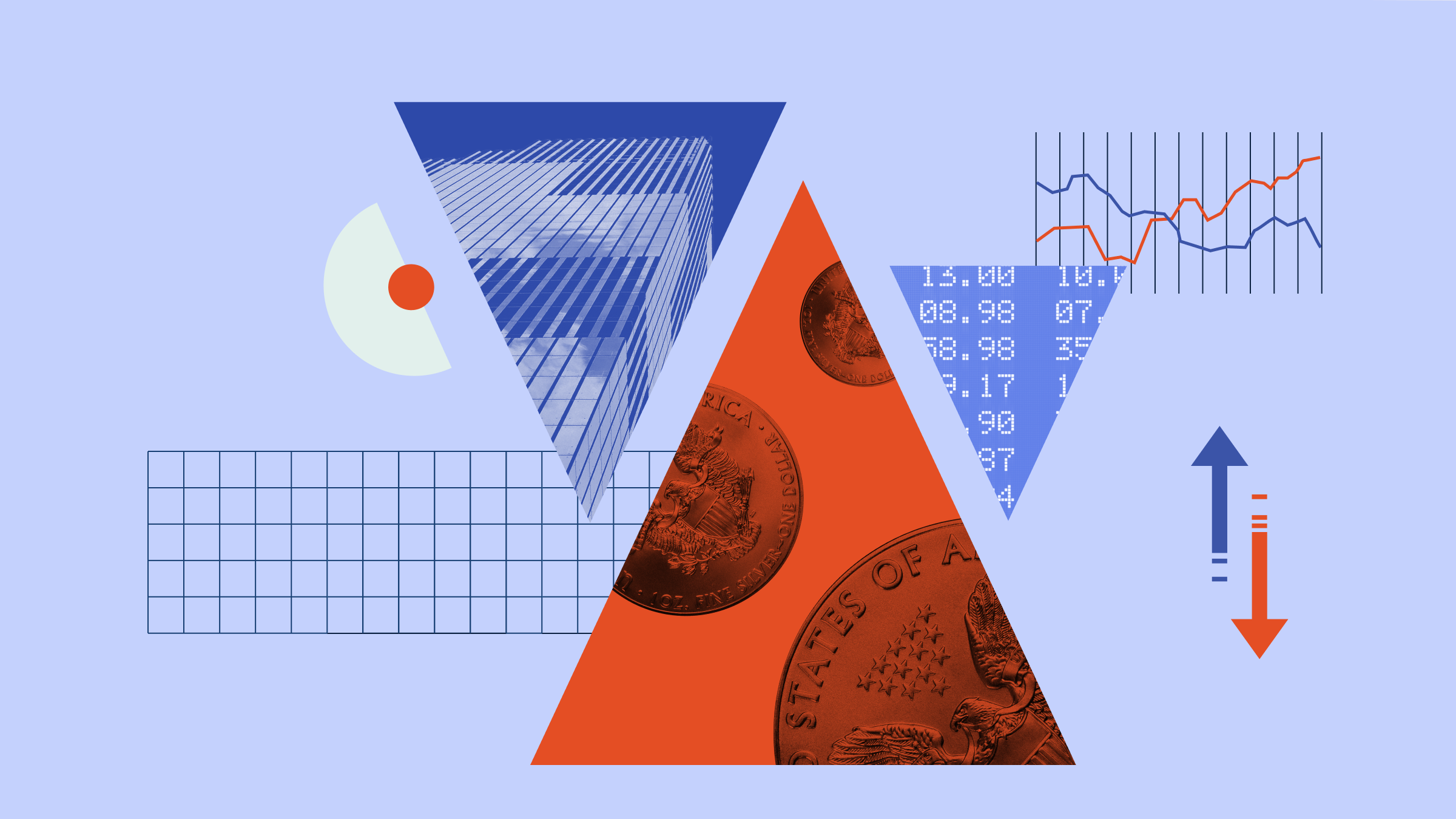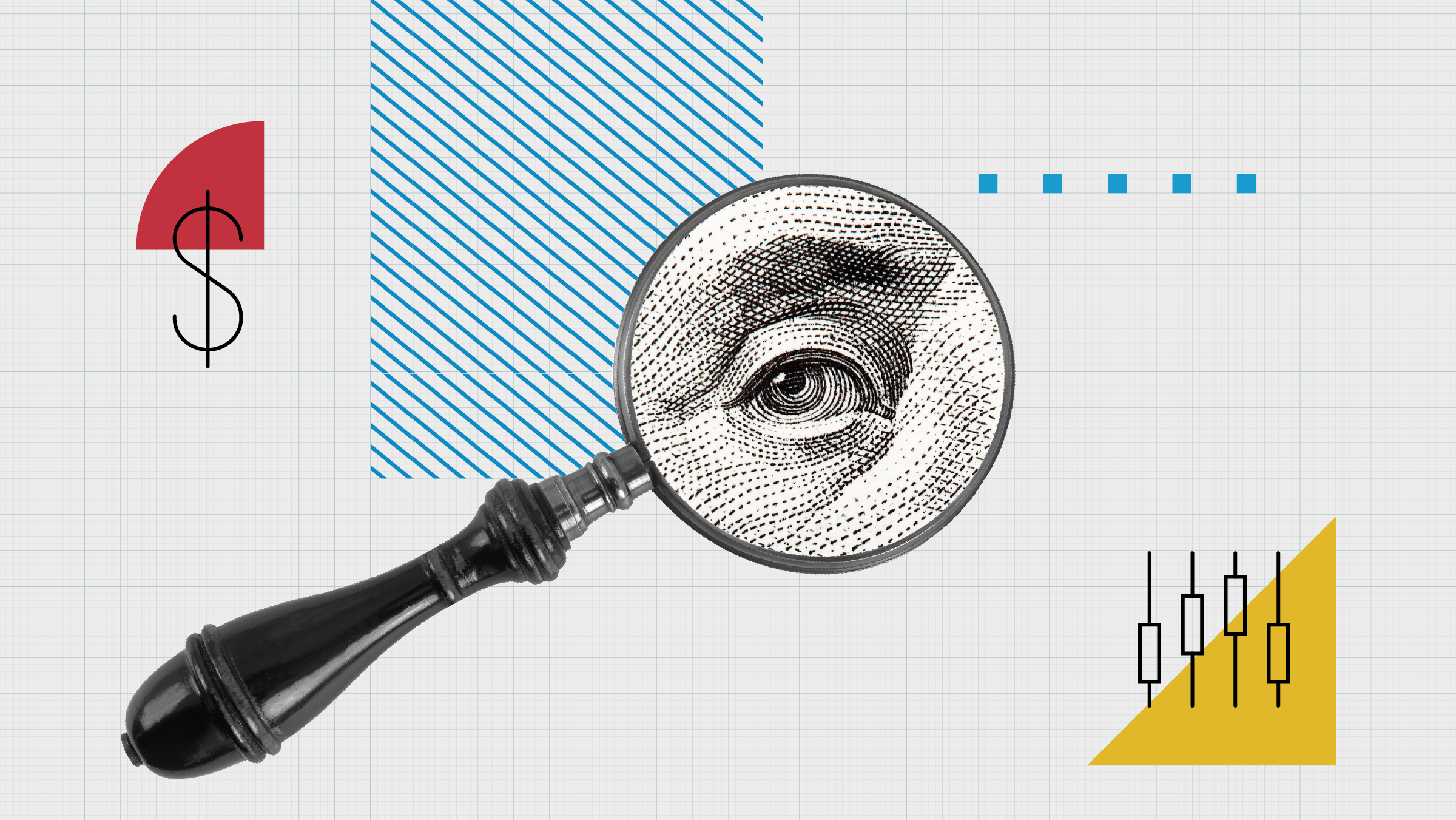
Gold had a strong run in 2019, reaching a six-year high in the summer as factors including a weaker dollar, US-Iran tension, global growth fears and a U-turn from the world’s central banks all worked in the precious metal’s favour.
The price of bullion jumped above $1,300 per ounce in January, breaking through $1,500 in July, where it has largely stayed steady since at levels last seen in 2013. The surge in the gold price has boosted the returns of gold-focused funds and ETFs, which have largely underperformed the wider stock market in recent years.
While stock market conditions do not suggest that investors expect an imminent meltdown like the financial crisis – the S&P 500 hit a record high this week – there has been an increase in “safe-haven” buying of assets like gold and the Japanese yen. The United States’ aborted military strike against Iran earlier in the month, which followed the attack on oil tankers in the Persian Gulf, have made investors nervous.
The weakness of the dollar has also helped boost the argument for dollar-based commodities like gold and oil, which has also increased in price in recent weeks. The Federal Reserve, having raised interest rates four time in 2018, is now expected to cut rates, which has taken put pressure on the US dollar after a strong run since President Trump was elected.
With gold back in the news, we take the opportunity to examine why historically investors have bought gold, some pros and cons, and how to get exposure.
Pros and Cons
Gold has many uses including jewellery, electronics, dentistry, medical and other industrial use - and of course investment.
Jewellery is the single-largest individual source of demand, according to Morningstar director of equity research, basic materials Kristoffer Inton, followed by investment purposes, including bars and coins, central bank purchases, and exchange-traded funds at nearly 40%.
Morningstar Investment Management chief investment officer, EMEA, Dan Kemp says investing in gold remains one of the most controversial exposures for an investor, as it is arguably a greater fool investment that is said to be fuelled by three persuasive themes:
- fear of an economic crisis or inflation outbreak fuelling public demand;
- a change in the sovereign wealth funds asset composition, such as demand from China, to diversify their holdings; and
- negative bond yields losing their appeal as an effective hedge against equities.
Whether as a hedge against rising tension in the Middle East, uncertainty about the direction of the global economy, or rising fears about escalating tensions between the US and China, investors commonly turn to gold as a "safe haven" asset class.
What is a Safe Haven?
An economic catastrophe like the global financial crisis also causes investors to act to protect their assets.
Morningstar classifies an asset as a safe haven if it holds, or even increases, its value during periods of market and economic uncertainty and downturns. The asset should preserve capital, withstand market volatility, and provide diversification across a portfolio.
Gold is an asset which is virtually permanent, with no significant erosion of quality over time, could arguably be considered a safe haven.
To assess gold's viability as a safe haven, Inton first looked at how gold prices have trended against the US economy.
"Looking at the changes in the real gold price and real GDP growth quarter over quarter since 1990, we see that changes in the gold price hold a weak relationship to US GDP growth. We believe this provides evidence that gold is a decent hedge to US economic cycles."
Next, he looked at how gold prices have trended against equity markets.
"Looking at the changes in the gold price and S&P 500 quarter over quarter since 2000, we believe the gold price's weak relationship to the S&P 500 provides evidence that gold is a decent hedge to equity markets," Inton says.
"We established that gold's functional purposes, including for investment purposes that include safe-haven viability, should be sustainable in the long run."
Weak Dollar Hedge
Gold has historically served as a hedge against a declining US dollar and rising inflation. As Kemp writes:
"The price of gold often moves in the opposite direction to the US dollar, reflecting the fact that many regard the yellow metal as an alternative currency."
To assess gold's ability to hedge against the US dollar, Inton looked at how gold prices have trended against the real trade-weighted US dollar index.
"During the massive drop in the value of the US dollar from 2002 to 2011, real gold prices rose more than 600% from $250 per ounce to $1,500 per ounce," he says.
"Similarly, a rise in the value of the US dollar after 2011 saw real gold prices drop more than 30% to almost $1,000 per ounce. Given the apparent negative correlation, gold appears to be a decent hedge to the US dollar."
Inton adds that the historical relationship between gold prices and the value of the US dollar shows some evidence that gold provides a "decent" hedge to the US dollar, but not definitive.
"During the past 20 years, lower US dollar values have tended to correlate with higher gold prices," he wrote in 2015. "While gold isn't a perfect hedge, there is some empirical evidence that it provides a hedge against the US dollar. However, we are reluctant to declare any kind of direct or causal relationship.
"We suspect that rather than the US dollar affect the gold price, the relationship is actually the result of being affected by similar macroeconomic factors, such as inflation and interest rates."
For investors seeking income producing assets, gold isn't a viable investment choice as it pays no yield. Also, consider the additional costs.
Gold Bars or ETFs?
Investors choosing to purchase physical gold may need to rent outside storage or a safety deposit box to store the physical commodity. Investing in gold doesn't mean you have to invest in the physical product. Investors can gain access to gold through exchange traded funds or buying stock in gold miners and associated companies.
The most obvious, but conceivably the most time-intensive way is to buy and hold physical gold. This can be done through dealers, who will also value it for you.
Hiding it under the mattress is one way to store it, but probably not the safest. Investors will need to arrange for secure storage, which of course comes with its own associated costs. Home insurers often consider items above £1,000 to be “high-risk” and the price of an ounce of gold is above £1,100.
Arguably the most straight-forward way of getting exposure to gold is via an exchange-traded fund.
In a physical gold ETF, funds take investors’ money and invest directly in the underlying commodity.
For example, iShares Physical Gold (IGLN) is backed by real gold bullion held by the custodian, JPMorgan, but the investor doesn’t actually take delivery of the gold. Its year-to-date gain is 12% and over three years it has delivered annualised returns of 7.1%. As this and other gold ETFs are priced in dollars, a UK investor is still exposed to currency risk if the US dollar starts to rise again.
Given that there’s a dearth of listed “pure play” gold producers on the FTSE, investors can also take a bet on gold miners through ETFs. iShares Gold Producers (IAUP) has a three-star rating from Morningstar, and has a number of Canadian and US gold producers among its top holdings.
A high-profile gold-focused fund, BlackRock Gold and General was downgraded by Morningstar analysts to Bronze earlier this year over concerns about its ability to replicate a very concentrated index. Whiel the fund has returned 25% year to date, over 10 years it has delivered an annualised loss of 1%.
Focus on the Fundamentals
Morningstar's Kemp is sceptical about gold’s long-term value to an investor. "As these commodities have no intrinsic value, returns are governed by the balance of demand and supply together with the degree of speculation present in the market," he says.
"These factors are all extremely difficult to predict and as a consequence, investment in this area has a low probability of success."
Kemp highlights that rather than engaging in speculation, Morningstar focuses on fundamentals – which means our analysis is purely valuation-driven.
"This means our analysis of the commodity cycle is purely valuation-driven and leads to a preference for assets that are undervalued relative to a conservative estimate of the cash flow they generate.






























